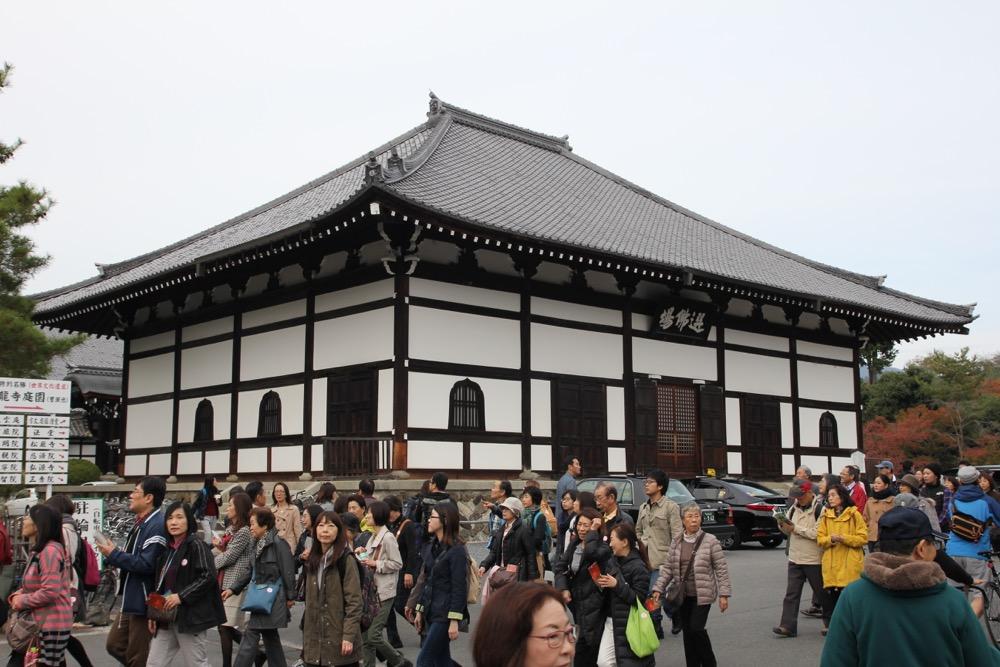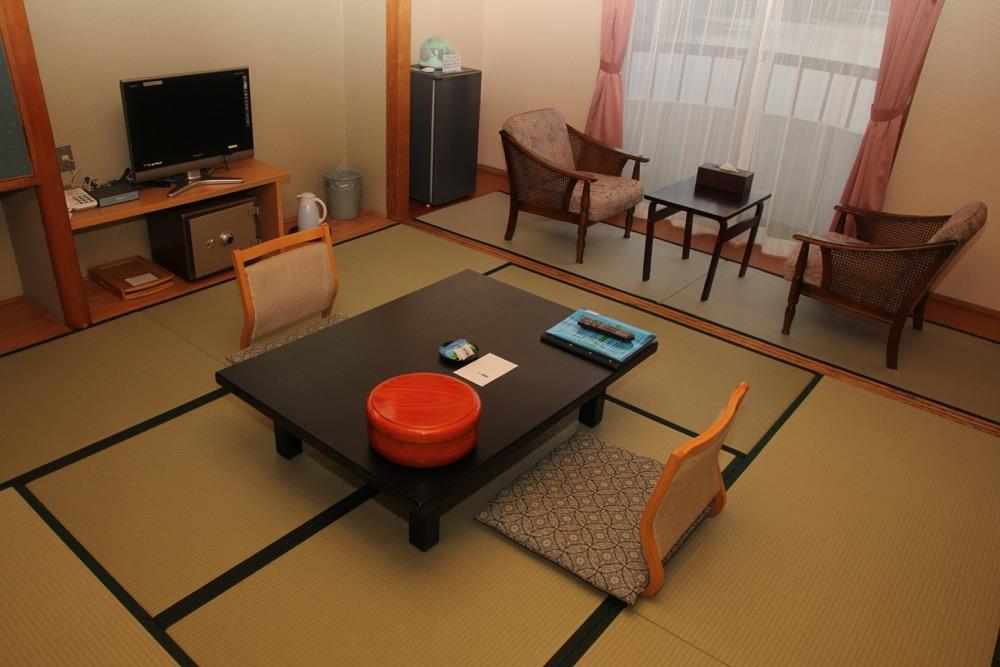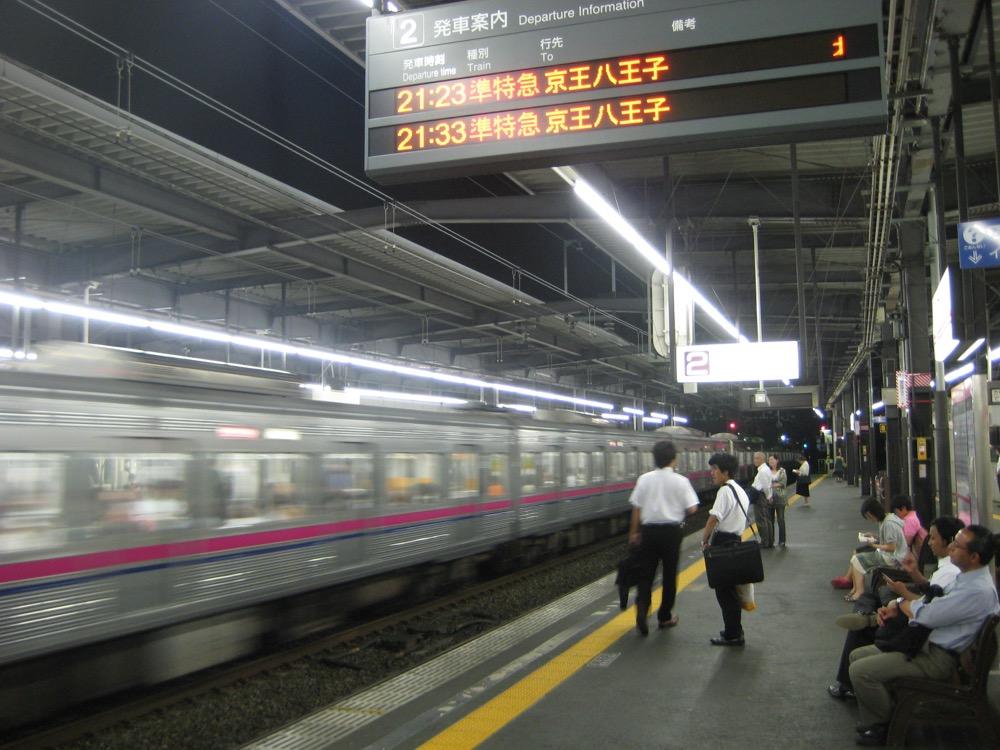7 things to expect when you visit Japan

Between the Internet and travel guides, there's a lot of information written about experiencing the rich culture of Japan as a traveler.
But even after browsing through the numerous websites, blogs and social media pages of friends and relatives, there are some details and facts of Japanese life that we can only learn once we immerse ourselves, even for just four to five days, inside the Land of the Rising Sun. Here are some of them.
Expect to walk a lot
From your accommodations to the nearest subway or train station, then going to train station X to station Y, followed by heading to the nearest exit towards your destination: all of these involve a lot of walking. Even if your planned itinerary involves only one or two landmarks or attractions, expect to walk an average of 10,000 steps (6-7 km) daily since most Japanese sights are nature-based and are best explored by foot.
Expect accommodations to be relatively small
Space, meaning land, is as scarce as it is costly in the main cities of Japan. Expect to pay the equivalent of P5,000 to P6,000 a night for comfortable 2-3 star hotel accommodations for two persons in Osaka, Kyoto or Tokyo—and higher for traditional ryokan (Japanese inn) in areas near mountains, lakes and springs.
Most rooms are small, usually 20-25 sq. meters in size, but are complete in modern amenities like bath and toilet rooms, closet, fast WiFi connection and comfortable beds.

Expect packed crowds at landmarks during public holidays
Schedule your visits around the public holidays to avoid the hassle and inconvenience of hotel unavailability and dealing with large crowds.
This lesson is handy when booking hotel accommodations as well as knowing where to go and not to go during any Japanese national (public) holiday. Well-known landmarks such as Kinkaku-ji and Arashiyama in Kyoto, Mt. Fuji near Hakone, and Ueno Park and Asakusa in Tokyo command big local and foreign crowds.
Expect five different types of trains
Trains in Japan can be classified in five main categories: local (stops at all stations); rapid (skips some stations, same fares as local); express (stops at fewer stations than the rapid train, but for an extra fee); limited express (stops only at major stations for a fee); and the super-fast shinkansen (bullet train).
Should you find yourself at the platform having to choose between a departing rapid train or an incoming limited express, choose the limited express train as it will get you to your destination faster.
Please also note that some sights will require boarding only a local train instead of a rapid/express; you wouldn’t want to board a train and then ask yourself why the train is not stopping at your planned station a few minutes later.

Expect long but efficient queues
In a country with a national tourism target of 20 million annual visitors plus a local population of 127.3 million (as of 2013), expect to queue when going through immigration and airport security checks, boarding the trains, and dining at good restaurants.
Japanese efficiency and politeness, however, ensure that lines move in a quick and orderly manner, avoiding chaos and disorder in almost every aspect of everyday life.
Expect not a lot of items on the English menu
Japanese dining establishments are doing their part in making Japan more accessible to foreigners by offering menus in English, Chinese, and even in Korean.
The catch is those non-Japanese menus only contain a subset of all the dishes and items one can order in a ramen, izakaya or other restaurants. So unless you know how to read and pronounce (in Nihonggo) what you want to eat, you might find yourself simply pointing an image of a dish, or eating the touristy/ordinary Japanese dishes.

Expect to do lots of homework and preparation before your trip
The myriad of transportation and destination options in Japan will be very daunting if you forgot to do a fair share of research before the actual trip and when you’re already inside the country. Knowing which train or subway line to board, scheduled train departures, and surrounding landmarks will be a big help in not getting lost and will also ensure an efficient use of your limited time in the country. — BM, GMA News
Read more advice about traveling to Japan:



